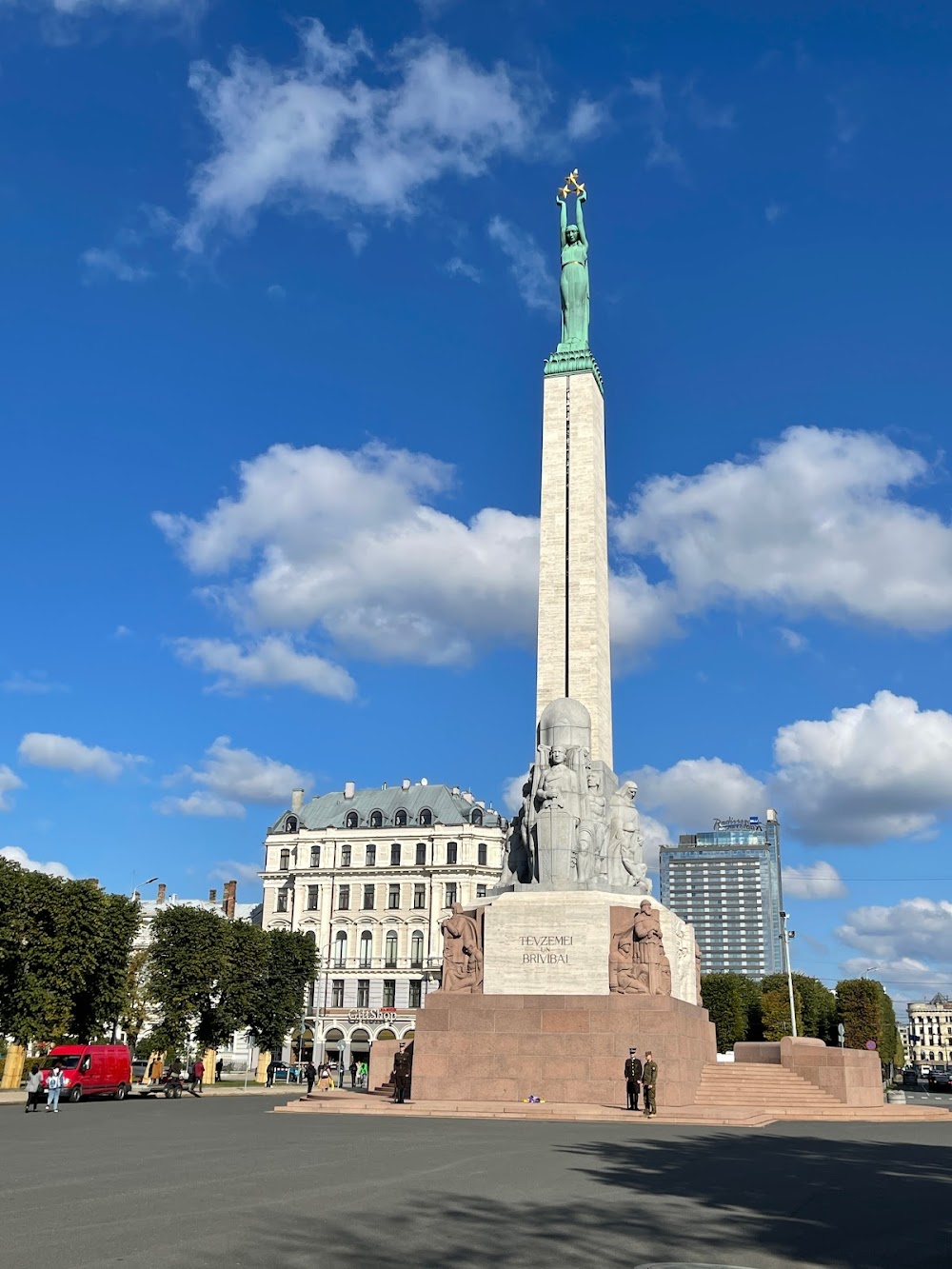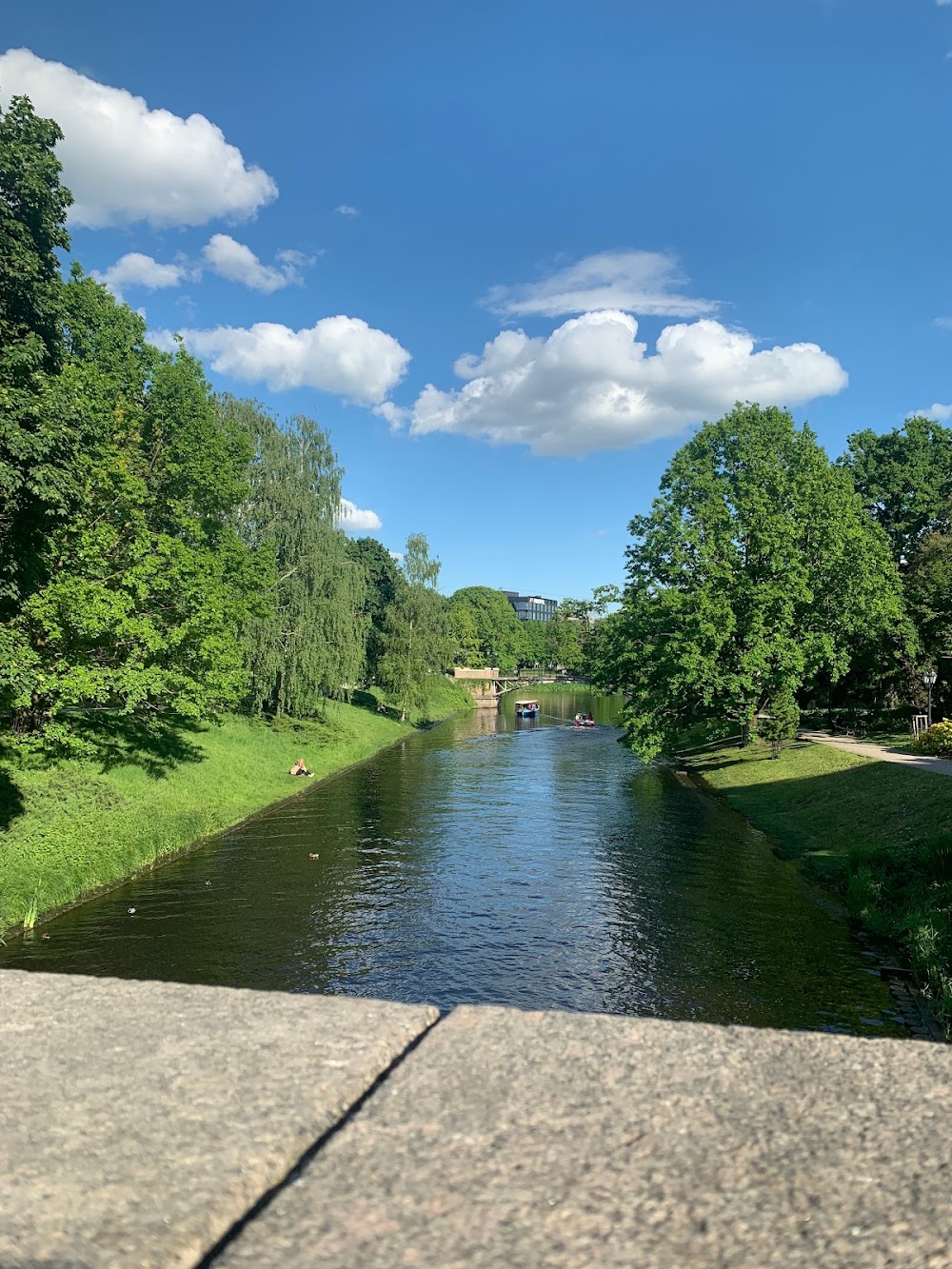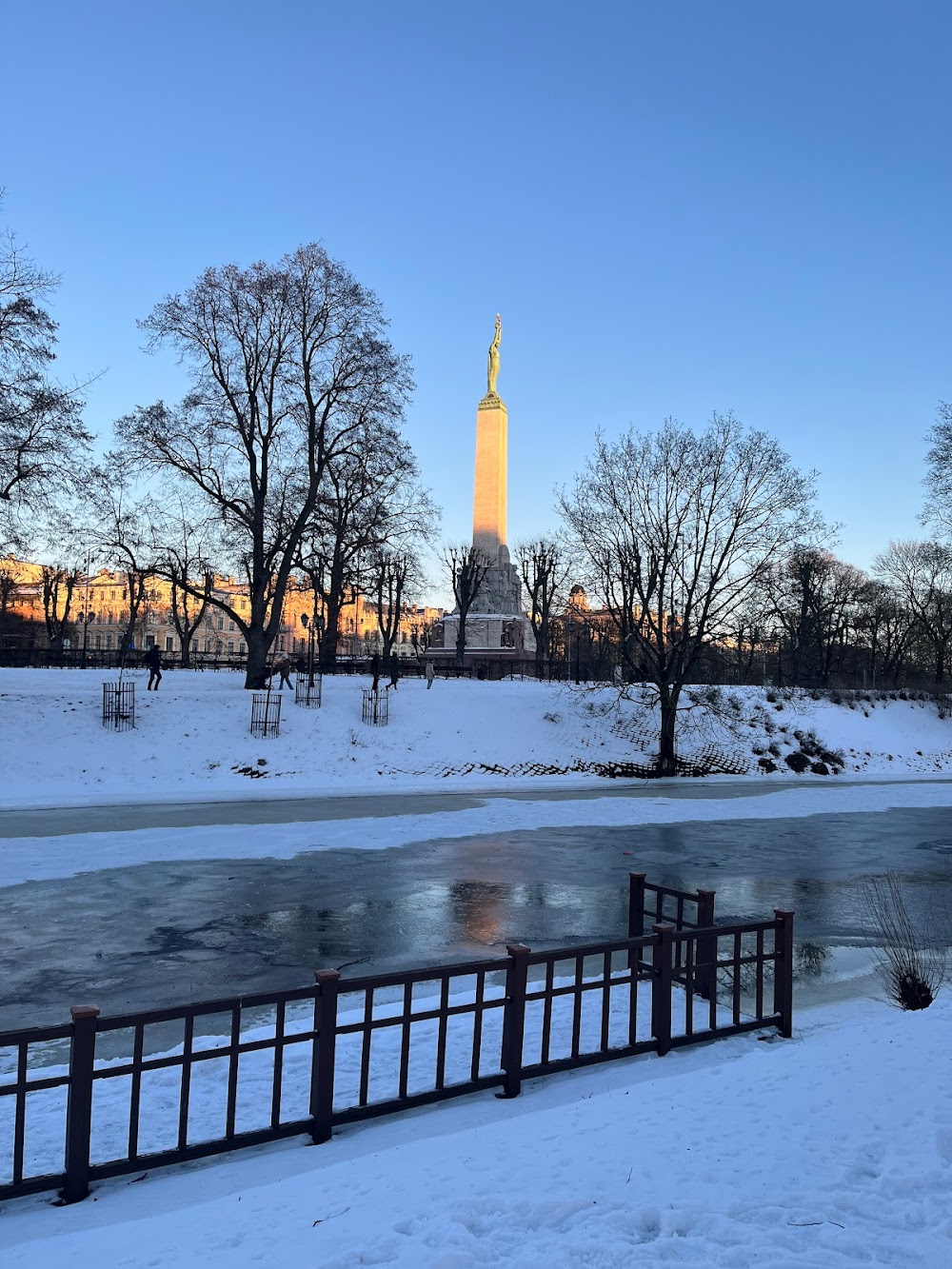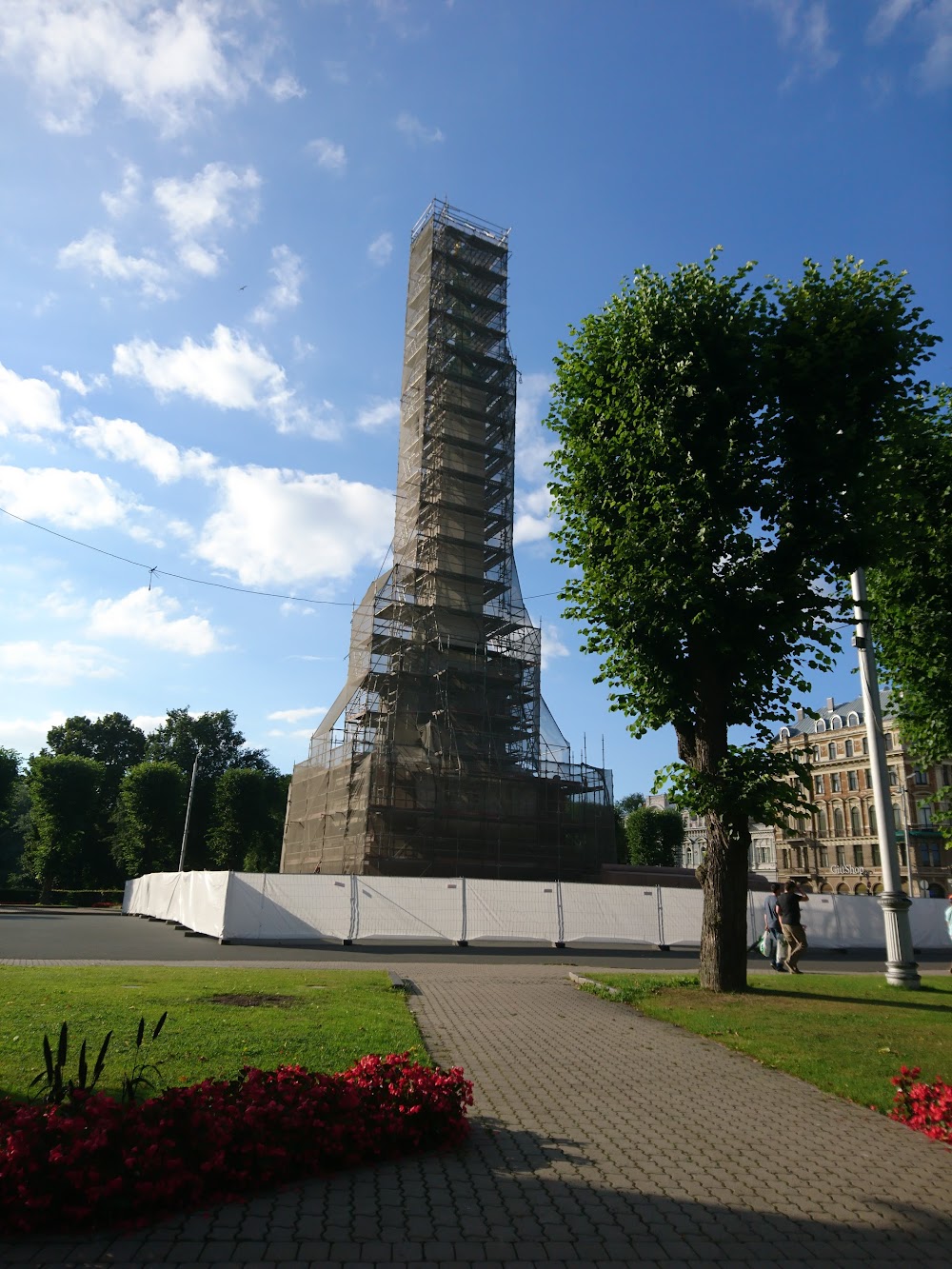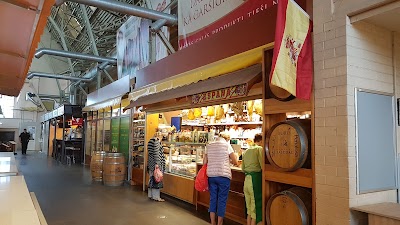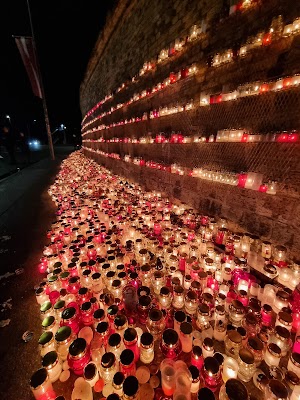Freedom Monument (Brīvības piemineklis)
Overview
The Freedom Monument: A Symbol of Latvian Independence
The Freedom Monument in Riga, Latvia, is a powerful emblem of the nation's enduring quest for independence and freedom. Inaugurated on November 18, 1935, this magnificent structure was conceived by Latvian sculptor Kārlis Zāle and architect Ernests Štālbergs. Standing at an impressive height of 42 meters (137 feet), it honors the brave soldiers who sacrificed their lives during the Latvian War of Independence from 1918 to 1920.
A Collaborative Effort
The construction of the Freedom Monument was a remarkable public endeavor, with funds raised through donations and patriotic events. This collective effort reflects the deep-rooted commitment of the Latvian people to their national sovereignty and independence.
Artistic Significance
The base of the monument is adorned with intricate reliefs and sculptures that commemorate pivotal moments in Latvia's history. Among these, the allegorical representation of Mother Latvia, brandishing a sword and shield, embodies the determination and resilience of the Latvian spirit throughout its struggles for freedom.
Symbol of Unity
At the pinnacle of the monument stands "Milda," a female figure holding three golden stars. These stars symbolize the three historical regions of Latvia—Kurzeme, Vidzeme, and Latgale—united in a gesture of national unity and pride.
Craftsmanship and Dedication
The creation of the monument involved meticulous planning and exceptional craftsmanship. Zāle designed the sculptures with great care, employing local artisans who utilized granite and copper sourced from Sweden and Italy. Despite the economic challenges of the 1930s, every detail was executed with precision to ensure the monument's grandeur.
A Beacon of Resistance
During the Soviet occupation of Latvia, the Freedom Monument presented a challenge to the regime’s ideology. Despite threats of demolition, it stood firm as a silent yet powerful symbol of resistance against Soviet rule.
Revival in the 1980s
The 1980s marked a period of renewed hope, as the Freedom Monument became a focal point for the growing Latvian independence movement. Mass gatherings, protests, and the laying of flowers at its base highlighted its significance in the national consciousness and the struggle for independence.
Restoration and Recognition
Following the collapse of the Soviet Union in 1991, the monument reclaimed its status as a national symbol. Restoration efforts in the 1990s and early 2000s were undertaken to preserve its structural integrity and historical importance.
A Living Testament
Today, the Freedom Monument serves as a venue for national ceremonies and commemorations. Its presence continues to remind both Latvians and visitors of the sacrifices made in the pursuit of freedom. More than just a historical artifact, it stands as a living testament to the strength, hopes, and dreams of the Latvian people through years of struggle and triumph.


